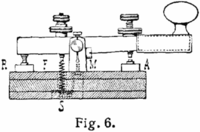With every passing day crimes against women are on the rise.
Every day when we open the news paper or turn on a news channel we are brought
face to face with news of rape and murder of the rape victim.
From the days of the Vedas and the Upanishads women are being violated. Since the society became patriarchal women have been at the receiving end. The Ramayana and the Mahabharata have chronicled the hapless plight of women.
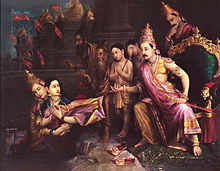 |
| Sita returns to the earth's womb with her mother. (A Raja Ravi Varma painting, credits Wikipedia) |
From the days of the Vedas and the Upanishads women are being violated. Since the society became patriarchal women have been at the receiving end. The Ramayana and the Mahabharata have chronicled the hapless plight of women.
Sita had to prove her chastity in front of all and sundry.
Dushashana dragged Draupadi by her hair into the crowded courtroom where the
game of dice was being played. Then he tried to disrobe her in front of all the
great men of the Kauravas and the Pandavas. No one but Bheema protested against
this outrageous act.
Rape and violence against women were there before probably
in the same numbers. In India, every second, a woman or a girl child is being
violated upon. Some incidents get reported while most remain out of our notice.
Fear, trauma and social stigma bar the victim from reporting the crime.
People should be
encouraged to come out and report such incidents. These cases need to be
handled carefully and with compassion. The trauma, the victim and the family
suffer, is immense. It should be taken into consideration while handling these
sensitive cases.
Earlier, the media was present only in print form. But now,
with the influx of media – both electronic and print – more incidents are
being brought forth.
 |
| Draupadi's Vastraharan (A Raja Ravi Verma Painting, Credits Wikipedia) |
This increased expansion of the media has also resulted in
the women and social rights activists becoming more vocal on the subject. They
are coming out and protesting against these heinous acts. As more incidents are
being brought to light, the complaints to the concerned authorities have also
increased.
People are now becoming more and more aware of their rights
and duties. Women are taking an active role in all the spheres of the society.
Empowerment of women is a revolutionary aspect of the
society. The government, the media and the powers that be are trying their
utmost in disseminating the message of development. Protection of mother and
girl child, pre-natal care, neo-natal care, post-natal care, child infanticide
are given due importance. Strict laws
and regulations have been framed to protect the girl child. Child marriage has
been almost done away with, at least on paper.
Throughout the world “gender in development” and “gender and
development” are being made the focus of all developmental programmes. Now there
are strict regulations on the practice of dowry in our country. In spite of
this, dowry is very much in vogue in the country. The powers that be turn a
blind eye to the fact. This practice needs to be eradicated comprehensively.
Crime and violence against women are the most
heinous and despicable acts in the world. These can be treated from a
sociological aspect. The woman is the most vulnerable member of the family.
Whenever anything untoward happens in the family, the woman becomes the most
affected of the lot. Either she has to forego her morsel of food or the girl
child has to leave her school or college. Similar other deprivations are borne
upon the female member of the family. But the same does not happen to the men
or the boys. These must be put to an end.
Development and growth is the call of the day. Poverty need to be eradicated – not only in
papers but physically. India has enough natural and agricultural resources and
more than adequate cash reserve to see to it that no one goes starved. No one
wants to live in poverty. No human being deserves humiliation and denigration.
It is the mother who feeds the family. It is the woman who
does the household chores. It is the lady of the house who actually gives
education to the whole family and brings up the children.
When one woman is violated upon every individual should
think about his mother, sister, daughter and the women folk back home. During
these despicable acts the society goes back in time. Development retards.
Hence
the average level of consciousness of the society has to be brought up.
Materialism has led to unrestrained want – want
for goods and services beyond one’s means. This has given rise to the habit of
downplaying hard work, diligence, camaraderie and fellow feeling. People look
down upon those who are not resourceful. In general, disrespect has become a
national disease. This results in disrespecting even one’s own kith and kin. Everywhere
there is an ambiance of mistrust and hoodwinking. The common people are being
fleeced of their money, property and possessions.
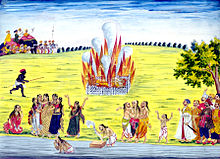 |
| Sati Ceremony - A Hindu practice, whereby a widow immolates herself on the funeral pyre pf her husband (pix credit, Wikipedia) |
Our country is infected with criminalization of politics. It
has been the bane of our society for long. Power corrupts. Absolute power
corrupts absolutely. The political leaders cutting across party lines cater to
their vote banks. They therefore fail to take honest, positive and drastic
steps to enhance the societal conscious level.
The media and the information network have to take the onus
on themselves to spread the message of respect, humanity and the virtues of
life. But that again is a tough ask and who should come forth to bell the cat.


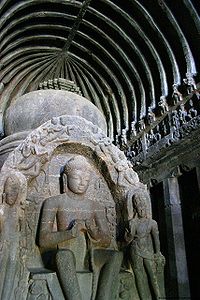
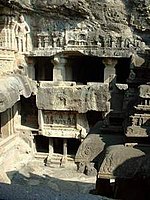
.jpg)




